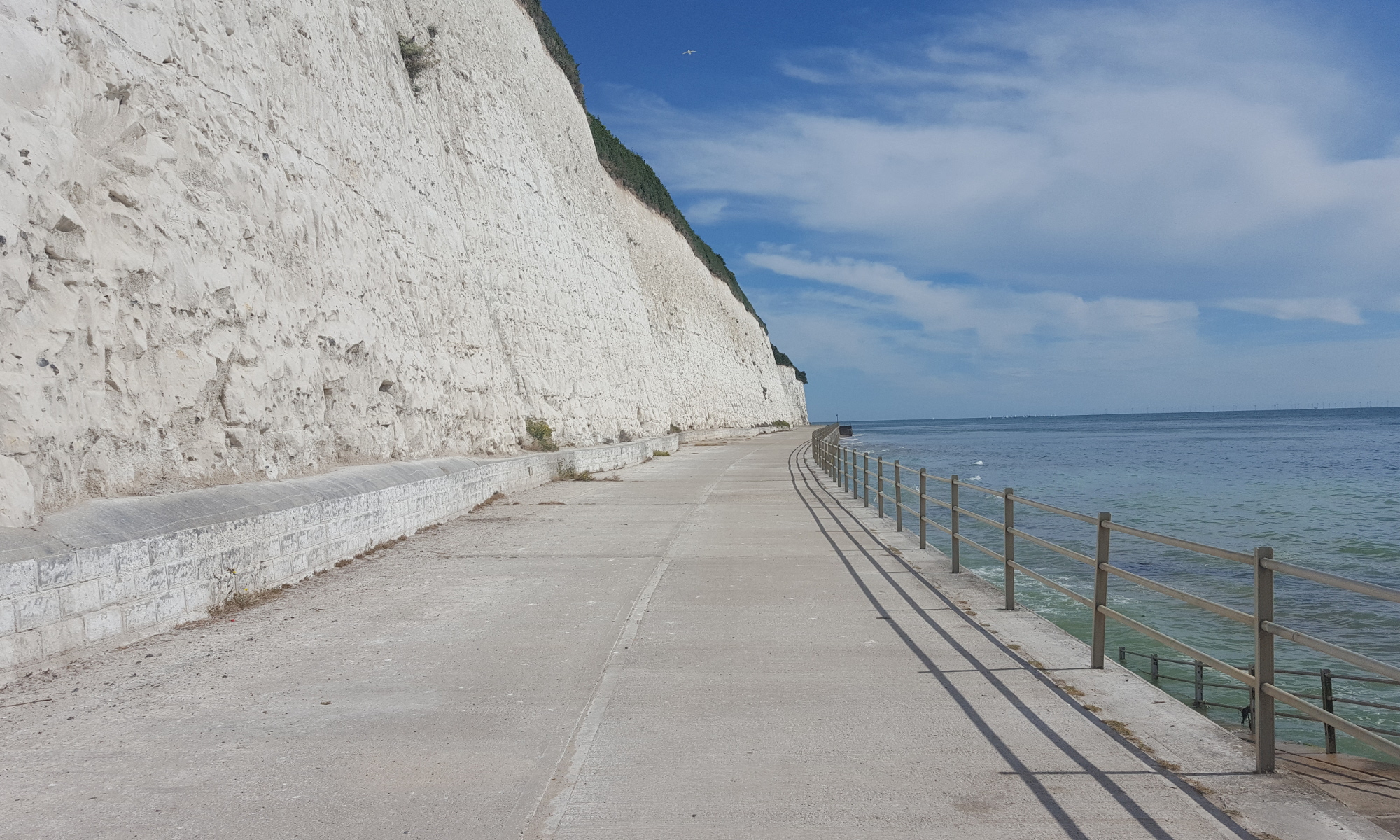Introduction
Mapollage is a photo kml generator with a number of options listed below.
Profiles
Settings are stored in profiles that you can run from the gui or from the command line. Profiles can be added, removed, renamed and cloned.
Source
The source tab lets you select the image directory to process, a (glob) pattern to match each file and exclude strings separated by :: (double colon). When an exclude element is found in the image path, that file will be excluded.
You can choose if you want to process subdirectories, follow links and include photos without a coordinate.
This tab also includes the output log.
Folders
The folders tab defines the folder structure to be created in the kml file. First of all you will have to set the root folder name and description. Sub folder creation is done by either
- The image directory name
- A date pattern of the image timestamp
- The first file path match of the specified regular expression
- Or not at all
Path
The path tab lets you select wether or not to create a connecting path between the images. You can set the path width and control how to split the paths.
Placemark
The placemark tab controls how the placemark is presented. Its name can come from the filename, a date pattern of the image timestamp or be nothing at all. The symbol can be the photo or a pushpin.
The scale value controls the size of the placemark in its normal state and the zoom value the size when hovered.
Be sure to set a good enough value for the thumbnail size under the global program options to match scale and zoom.
Finally, it is possible to set the timestamp of the placemark and by doing so, Google Earth can filter the images by a time slider.
Description
The description tab controls what the placemark description will look like. The description will be displayed after clicking on a placemark.
A description can be defined either by a customized template or by selecting from the static elements. Hovering a static element displays a tag that can be used in the custom form.
The photo tab is enabled only if the photo is part of the description.
Photo
The photo tab controls the images displayed in the description. The image size can be limited and the image reference can be one of
- A relative link to the thumbnail from the kml file
- A relative link to the original image from the kml file
- An absolute link to the original image
- An absolute link to a base name plus the image name
When selecting a relative reference, remember that the interrelation between the image and the kml document must not change.
There has been some reports that in some circumstances, windows have problem with the extension case and because of that, there is an option to force lower case extension. Use with caution.
Information
The information tab displays a textual summary of the profile. The same information can be displayed from the command line with:
mapollage --view-profile <profile>
Options
Besides the look and feel settings there are a couple of global options controlling the kml generation:
- Calendar language
- Thumbnail and border size
- Default coordinate

Hi I am new to MAPOLLAGE and am not sure how to get started – I have lots of geotagged photos in numbers of folders – I have tried to add one of the folders but am very unsure how to procced to ensure I get a KML file
Regards
John
It should be pretty straight forward, I hope. 🙂
Where do you get stuck?
I just released a major update so I really recommend updating to that one first.
Good luck!
Hi Patrik,
I’ve been using Mapollage for a while now on Windows (thanks for your work 🙂 but today it stopped working.
I deleted some pictures from a source folder and started generating a new kml. The output window shows me
“Generating file list…
Folder paths
Found 22 files”
And then it stops. No Error message. It’s the same with every other profile I try. I tried redownloading Mapollage and deleting/reinstalling JDK11, but the result remains the same. More so. Even after starting everything from scratch my old profiles remain.
Where are those profiles and the general options stored? How can I get a clean new Mapollage on my PC without having to reinstall Windows? 🙂
Oh no, don’t install Windows because of Mapollage. 🙂
I’m not on Windows right now so I can’t verify but perhaps you’ll find the profiles/settings in
c:/users/lizarazu/.config/mapollage.
It’s been far to long since I made a release of Mapollage, let’s see if I can find the time.
Thanks for pointing me to the profiles and sorry for the late answer.
Initially deleting the profiles didn’t work, but after some reinstalling and deleting it suddenly did. Can really say what helped though.
Anyway, thanks again 🙂
How do you handle if the GPS lat/long data is in a sperate metadata file from the images?
Sorry for the late reply Edward.
It’s been a while since I worked on Mapollage but I think that that feature was never fully implemented. It will be in the next version, or fully removed.
Is there anyway I can set the folder name of the thumbnails? I’m working in a document storage system that defines folder names for me, so I would need the folder name to be something like “d0163618”. My current solution would be to edit the icon location for each photo.
Not at this time, perhaps it would be a good feature.
Hello,
I have tried to use the Mapollage program and it stops running after it identifies the last jpg image. It doesn’t continue with the script. I was wondering if you could help me troubleshoot! Thanks!
This should now be resolved, sorry for the long delay.